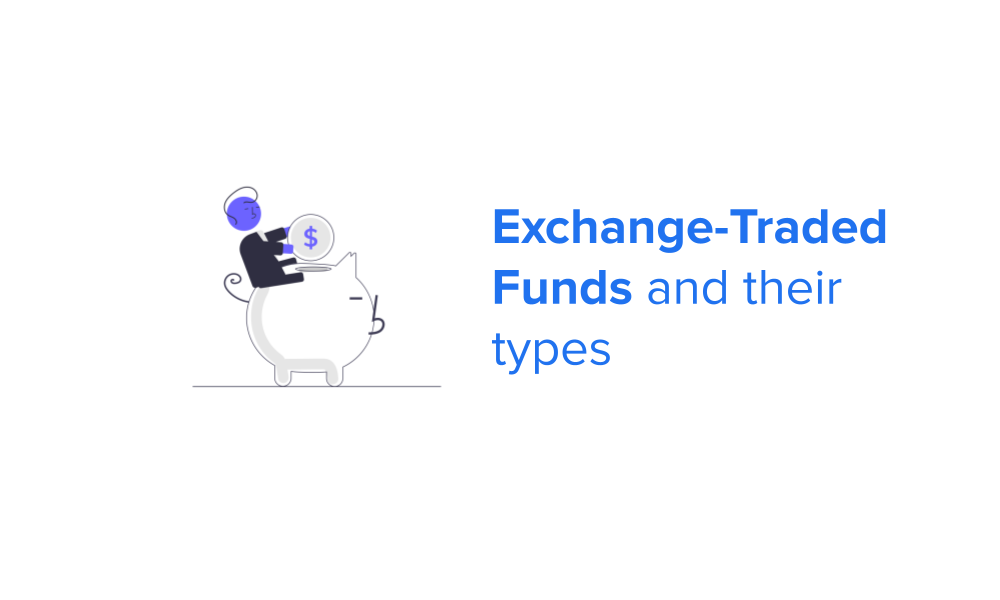Exchange-traded funds are an investment vehicle that is either tracking an individual asset or is made out of a basket of securities. They are of two types Equity and Non-equity ETFs and provide a safer alternative to mutual funds.
The world is growing at a rapid pace. Given the financial technology advances, we expect a better future. The fintech revolution across the world has made financial services accessible to us which were not accessible to us before. For instance, not everyone has the know-how or the motivation to monitor all the stocks listed on the stock exchange. However, people still want to invest their money somewhere. Exchange-Traded Funds enable just that. Let us dive right into it to understand their implications.
What are ETFs?
An Exchange Traded Fund is a security or a stock that tracks a basket of assets pooled together or an individual asset. It may track an index, sector, commodity, or any other asset. You can purchase an ETF as you purchase a stock. One example is SPDR S&P 500 ETF (SPY), which tracks the S&P 500 Index. It is often an appealing option to beginner investors. Many believe them to be similar to mutual funds. But, you can trade ETFs throughout the day, unlike mutual funds. Therefore, the price of an ETF will change throughout the day. Moreover, they are cost-effective and liquid compared to mutual funds.
Using ETFs, you can invest in a diverse pool of securities. Not just that, it has numerous advantages over mutual funds like reduced expense, more trading time etc. ETFs offer high liquidity as they are traded throughout the day. They also do not need to be managed actively, they can be managed passively.
How do they work?
Exchange-Traded Funds share the characteristics of both shares and mutual funds. An exchange-traded funds manager files their plan to a country’s securities and exchange authority (SEC in USA, SEBI in India) in order to create an ETF. The manager then gets a participant (a big institutional investor, a market maker or a specialist) to form an agreement. Later, the participant buys the underlying stock shares in the plan and put them in a trust to form exchange-traded funds creations units. These units are bundles of stocks varying in shares. The trust then allocates shares of exchange-traded funds which are claims on the shares in the trust to the participants. Finally, the participants sell the exchange-traded fund ETFs to the public.
Changes in the price of exchange-traded fund shares are dependent on the price of underlying shares in the trust. If the price of stock shares in the trust increases then the price of ETF also increases, or vice versa. Additionally, the value of the dividends depends on the performance of the ETF.
The types
Broadly, they are divided into equity and non-equity ETFs. Equity ETFs are majorly formed of stock shares floating in the public market. They can vary across geographies, sectors, and market capitalization. Non-equity ETFs make up for the rest of them. They may be made up of bonds, commodities (like Gold), currency etc. One important example of a non-equity ETF is a crypto ETF. They track the underlying price of a single or a basket of cryptocurrencies.

